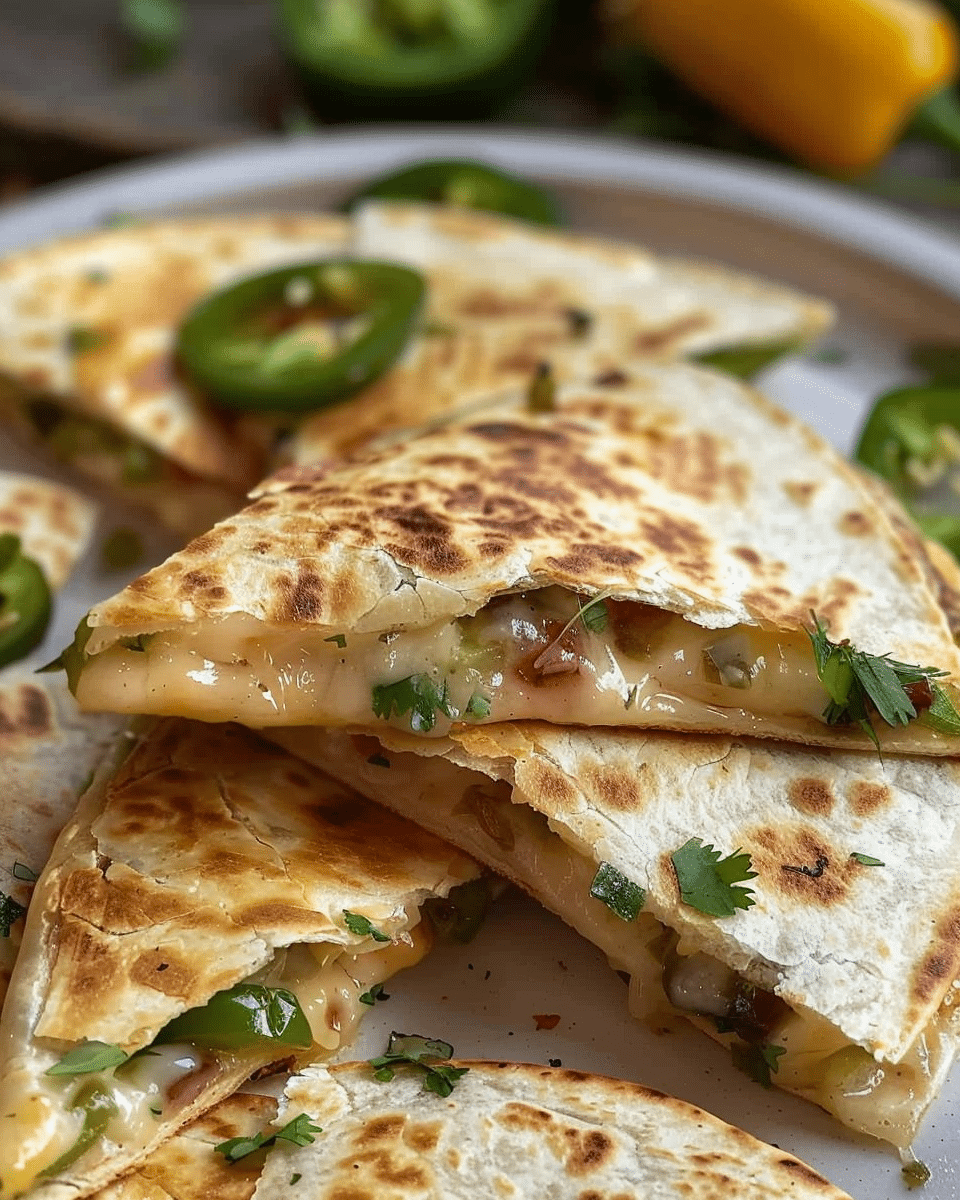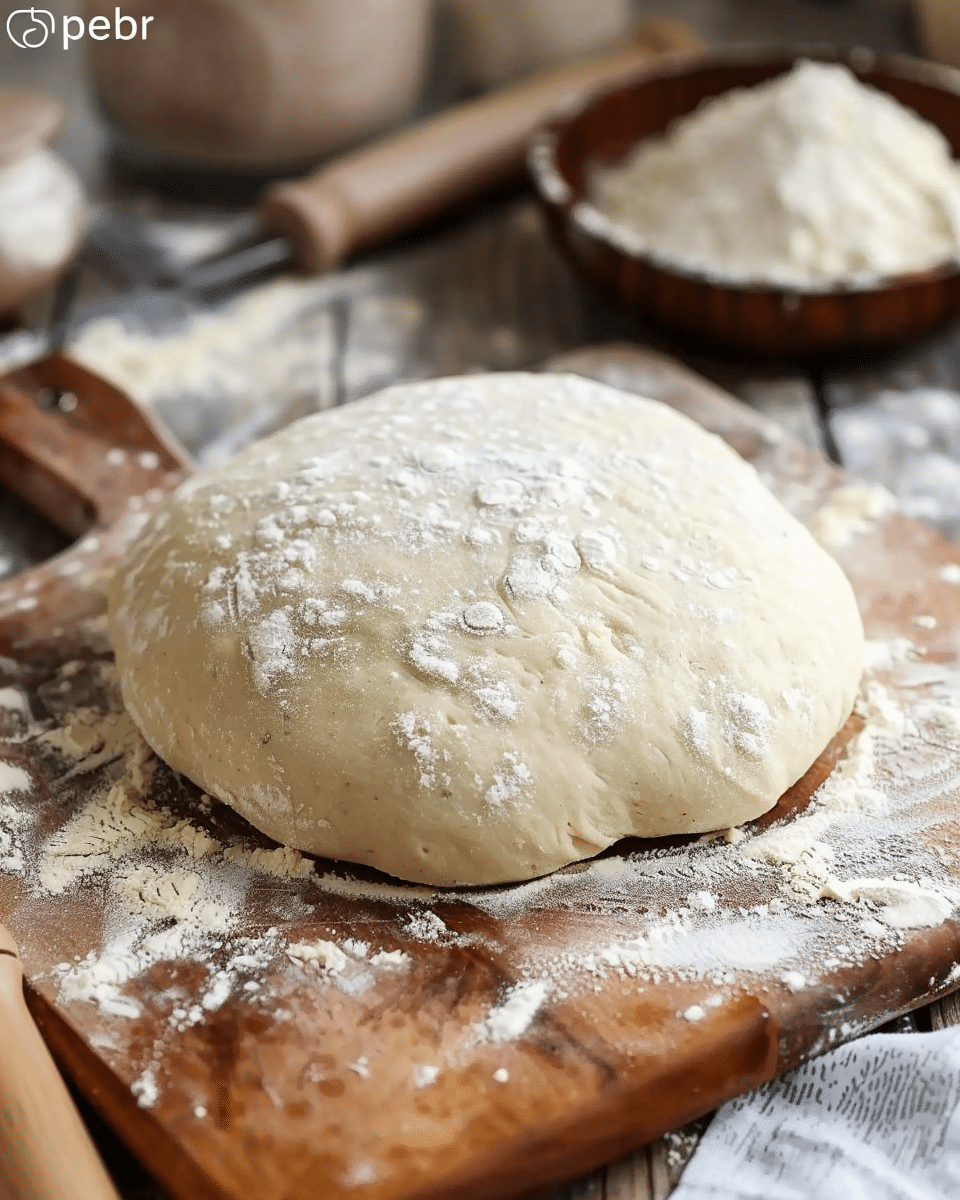Salmon Sushi Bake is more than just a dish; it’s a culinary experience that has taken the world by storm. Originating from the heart of Japanese cuisine, this delectable treat combines the best of sushi and baked delights.
– Origins and History
The roots of Salmon Sushi Bake can be traced back to traditional Japanese sushi. However, the baked version is a relatively new innovation, blending the age-old sushi techniques with modern baking methods.
– Popularity Surge: Why Everyone Loves It
There’s no denying the magnetic allure of Salmon Sushi Bake. Its mouth-watering appearance, combined with a burst of flavors, makes it a favorite among food enthusiasts. The dish’s versatility, allowing for various toppings and fillings, adds to its widespread appeal.
– Health Benefits of Salmon
Salmon isn’t just delicious; it’s packed with omega-3 fatty acids, proteins, and essential vitamins. Regular consumption can boost heart health, improve brain function, and even enhance skin glow.
Sushi Baked Salmon Recipe
Salmon Sushi Bake is a delightful fusion of traditional sushi elements with a baked twist. Crafting this dish requires a blend of fresh ingredients and a meticulous approach to ensure the flavors meld perfectly. Let’s dive into the essential ingredients and a step-by-step guide to preparing this culinary masterpiece.
– Essential Ingredients:
- Salmon Fillet: 500 grams of fresh salmon fillet, preferably wild-caught for its rich flavor.
- Sushi Rice: 2 cups of sushi rice, known for its sticky texture.
- Nori Sheets: 10 sheets, to serve with the bake.
- Mayonnaise: 1 cup, for a creamy texture.
- Cream Cheese: 200 grams, softened.
- Soy Sauce: 3 tablespoons, for seasoning.
- Sriracha or Hot Sauce: 2 tablespoons, for a hint of spice (adjust to preference).
- Green Onions: 4 stalks, finely chopped.
- Sesame Seeds: 1 tablespoon, for garnish.
- Lemon Juice: 1 tablespoon, to enhance the salmon’s flavor.
- Salt and Pepper: To taste.
– Step-by-Step Preparation Guide:
- Prepare the Rice:
- Rinse the sushi rice under cold water until the water runs clear. This removes excess starch and prevents the rice from becoming too sticky.
- Cook the rice according to the package instructions. Once cooked, let it cool to room temperature.
- Season the Salmon:
- In a bowl, flake the salmon fillet and mix it with soy sauce, lemon juice, and sriracha. Ensure the salmon is well-coated with the seasonings.
- Creamy Mixture:
- In a separate bowl, combine the softened cream cheese and mayonnaise. Mix until you achieve a smooth consistency.
- Combine:
- Gently fold the salmon mixture into the creamy mixture. Add half of the chopped green onions and mix well.
- Layering:
- In a baking dish, spread an even layer of the cooled sushi rice.
- Press down on the rice to create a compact base.
- Spread the salmon and creamy mixture over the rice evenly.
- Baking:
- Preheat your oven to 375°F (190°C).
- Place the baking dish in the oven and bake for 20-25 minutes or until the top is golden brown.
- Serving:
- Once baked, remove from the oven and let it cool slightly.
- Sprinkle the remaining green onions and sesame seeds on top for garnish.
- Serve the Salmon Sushi Bake with nori sheets. Scoop a spoonful of the bake and wrap it in a nori sheet, much like a taco, and enjoy!
This dish is a perfect blend of the umami flavors of sushi and the hearty feel of a baked casserole. Whether you’re hosting a dinner party or simply craving some comfort food, Salmon Sushi Bake is sure to impress!
Related:
Serving and Presentation
Best Side Dishes to Complement
Transitioning from the main dish to the sides, it’s essential to understand that the side dishes play a pivotal role in elevating the overall dining experience. Salmon Sushi Bake, with its rich and creamy texture, pairs beautifully with lighter and refreshing sides. Consider serving it with a crisp cucumber salad, tangy pickled radishes, or even a light miso soup. These sides not only balance the flavors but also add a refreshing contrast to the creamy salmon.
Presentation Tips for a Visual Feast
Moving on to the aesthetics of the dish, the presentation is just as crucial as the taste. After all, we eat with our eyes first! To make your Salmon Sushi Bake stand out, consider using a rectangular or square baking dish for a neat appearance. Garnish with finely chopped chives or green onions, and perhaps a sprinkle of sesame seeds for an added touch. If you’re feeling adventurous, a drizzle of spicy mayo or teriyaki sauce can add a pop of color and flavor. Remember, the key is to make it look as appetizing as it tastes, so don’t be afraid to get creative and let your culinary artistry shine through.
Variations of Salmon Sushi Bake
Fusion Styles and International Twists
In the ever-evolving world of gastronomy, fusion cuisine has paved the way for innovative dishes that combine elements from different culinary traditions. Salmon Sushi Bake is no exception. One popular variation infuses the dish with a touch of Korean flavors, using spicy kimchi and gochujang (red chili paste) to add a kick. Another delightful twist is the Mediterranean-inspired version, where sun-dried tomatoes, olives, and feta cheese are layered with the salmon, offering a tangy and savory contrast.
Vegetarian and Vegan Alternatives
Embracing the diverse dietary preferences of today’s global community, there are vegetarian and vegan versions of Salmon Sushi Bake that are just as delectable. For a vegetarian take, consider using marinated tofu or tempeh in place of salmon. These protein-rich alternatives soak up flavors beautifully and provide a similar texture to the fish. For a vegan variation, apart from tofu or tempeh, you can incorporate vegan mayo and dairy-free cheese. Seaweed, avocado, and pickled vegetables can also be layered in, ensuring a burst of flavors in every bite.
Storing and Reheating
Proper Storage Techniques
Ensuring the freshness and quality of your Salmon Sushi Bake is paramount, especially if you’re planning to savor it over a few days. To store, first, allow the dish to cool to room temperature. Once cooled, transfer it to an airtight container to prevent any moisture or air from getting in. This step helps in retaining its flavor and prevents it from drying out. Refrigerate promptly, and for optimal taste, consume within 2-3 days.
Reheating Without Losing Flavor
When it’s time to revisit this culinary delight, the method of reheating can make all the difference. To retain its moisture and flavor, preheat your oven to 350°F (175°C). Place the Salmon Sushi Bake in an oven-safe dish and cover it with aluminum foil to prevent it from drying out. Heat for 15-20 minutes or until it’s warmed through. If you’re in a hurry, microwaving is an option, but be sure to use a microwave-safe cover and heat in intervals to avoid overcooking. Regardless of the method, always ensure the dish is heated evenly before serving.
Salmon Sushi Bake vs. Traditional Sushi: A Culinary Comparison

The world of sushi is vast and varied, with each dish offering a unique taste and texture experience. Among the myriad of sushi variations, two dishes stand out for their distinctiveness: the modern Salmon Sushi Bake and the age-old Traditional Sushi. Let’s delve into their differences and similarities to understand their unique appeal.
Origins and Evolution:
- Salmon Sushi Bake: This dish is a contemporary take on sushi, blending traditional sushi elements with modern baking techniques. It’s a fusion dish that has gained popularity, especially in Western countries, as a more accessible way to enjoy sushi flavors.
- Traditional Sushi: With roots deep in Japanese history, traditional sushi has been around for centuries. It started as a method of preserving fish in fermented rice and evolved into the artful culinary delight we know today.
Preparation and Ingredients:
- Salmon Sushi Bake: The primary ingredients include salmon, sushi rice, mayonnaise, and often cream cheese. These are layered in a baking dish and baked to perfection. The result is a creamy, flavorful casserole that’s scooped onto seaweed sheets (nori) and eaten like a taco.
- Traditional Sushi: Traditional sushi primarily consists of vinegared rice accompanied by various ingredients, including fresh fish, vegetables, and occasionally tropical fruits. The preparation can range from Nigiri (hand-pressed sushi) to Maki (rolled sushi) and Sashimi (sliced raw fish).
Taste and Texture:
- Salmon Sushi Bake: It offers a rich, creamy texture with the heartiness of a baked dish. The flavors are robust, with the salmon’s umami complemented by the tangy creaminess of mayo and cream cheese.
- Traditional Sushi: Traditional sushi provides a delicate balance of flavors and textures. The freshness of the fish, the slight tang of the rice, and the crispness of the vegetables create a harmonious symphony in the mouth.
Serving and Presentation:
- Salmon Sushi Bake: Typically served in a casserole dish, it’s a communal meal where everyone scoops their portion onto nori sheets. It’s more casual and is perfect for gatherings and potlucks.
- Traditional Sushi: Presentation is an art form in traditional sushi. Each piece is meticulously crafted and is often served on elegant plates, often in sets that showcase a variety of ingredients and preparations.
Cultural Significance:
- Salmon Sushi Bake: As a fusion dish, it represents the blending of cultures and cuisines. It’s a testament to the global love for sushi and the continuous evolution of food.
- Traditional Sushi: Sushi is deeply rooted in Japanese culture and tradition. It’s not just food but an art form, with sushi chefs undergoing years of training to master their craft.
Conclusion:
While Salmon Sushi Bake and Traditional Sushi differ in many aspects, from preparation to presentation, they both celebrate the essence of sushi in their unique ways. Whether you prefer the creamy layers of the bake or the refined simplicity of traditional sushi, there’s no denying that both dishes offer a delightful gastronomic experience.
Pairing Salmon Sushi Bake with Drinks: Elevate Your Culinary Experience
The rich and creamy flavors of Salmon Sushi Bake, combined with the umami of salmon and the tang of sushi rice, make it a dish that’s both hearty and sophisticated. To further enhance this gastronomic experience, pairing it with the right drink is essential.
- Iced Green Tea: The slight bitterness and earthy flavors of green tea can balance the richness of the Salmon Sushi Bake, making it a popular choice in many Japanese-inspired meals.
- Lemonade: A freshly squeezed lemonade, with its tangy and sweet profile, can be a delightful contrast to the savory bake.
- Sparkling Water: For those who prefer a neutral drink, sparkling water with a slice of lemon or cucumber can be refreshing. The bubbles cleanse the palate, ensuring every bite is as flavorful as the last.
- Ginger Ale: The spiciness of ginger combined with the sweetness of the ale can complement the flavors of the bake, adding a zesty twist to the meal.
While many enjoy their sushi with the traditional sake or green tea, there are numerous drink options that can elevate the sushi dining experience. For instance, during festive seasons, pairing sushi with popular drinks like Thanksgiving beverages can offer a unique twist to the meal.
Cultural Significance
Salmon Sushi Bake in Japanese Culture
While sushi has deep roots in Japanese culture, dating back centuries, Salmon Sushi Bake is a relatively modern innovation. Traditional sushi emphasizes simplicity, freshness, and the delicate balance of flavors. The Salmon Sushi Bake, on the other hand, is a testament to the adaptability and evolution of Japanese cuisine. It showcases how traditional elements, like sushi rice and nori, can be reimagined in contemporary ways. This dish, in many ways, represents the fusion of time-honored techniques with modern culinary creativity, reflecting the dynamic nature of Japanese food culture.
Global Acceptance and Adaptations
The global culinary scene has always been receptive to Japanese cuisine, from sushi rolls to ramen bowls. Salmon Sushi Bake, with its unique blend of flavors and textures, has found its way into the hearts (and plates) of many outside Japan. Its popularity in places like North America and parts of Asia signifies the universal appeal of Japanese-inspired dishes. As it travels across borders, local adaptations emerge, incorporating regional flavors and ingredients. This global acceptance not only celebrates the dish itself but also underscores the broader appreciation and adaptability of Japanese culinary traditions in the world.
FAQs
Can I eat salmon skin?
Yes, salmon skin is edible and can be quite flavorful when cooked properly. In fact, it’s rich in omega-3 fatty acids, which are beneficial for heart health. When preparing salmon, ensure the skin is crispy to enhance its taste and texture. It’s also important to source your salmon from reputable suppliers to ensure it’s free from contaminants.
Why is sushi so expensive?
Several factors contribute to the cost of sushi:
- Quality of Ingredients: Sushi requires high-quality, fresh fish. Fresh seafood, especially varieties like tuna and salmon, can be expensive.
- Skill and Training: Making sushi is an art form that requires years of training. Sushi chefs undergo rigorous training to master their craft, and their expertise is reflected in the price.
- Presentation: Sushi is not just about taste; it’s also about presentation. The effort and time taken to present sushi in an artful manner add to the cost.
- Import Costs: For restaurants outside of coastal areas, the cost of importing fresh seafood can drive up prices.
Can I eat frozen salmon raw?
Eating raw salmon carries a risk of parasites. However, if the salmon has been frozen to a temperature of at least -4°F (-20°C) for a minimum of seven days, it can kill parasites, making it safer to consume raw. If you plan to eat salmon raw, it’s best to purchase fish labeled as “sushi-grade” or “sashimi-grade,” which indicates it has been frozen to appropriate temperatures.
How long to bake salmon at 350?
At 350°F (175°C), salmon should be baked for about 20-25 minutes, depending on the thickness of the fillet. The salmon is done when it easily flakes with a fork and has an internal temperature of 145°F (63°C).
How to bake salmon in foil?
- Preparation: Preheat your oven to 400°F (200°C). Lay a piece of aluminum foil on a baking sheet, large enough to fold over and seal the salmon.
- Seasoning: Place the salmon fillet skin-side down on the foil. Season it with salt, pepper, and any other desired herbs or spices.
- Wrapping: Fold the foil over the salmon, sealing all sides to create a packet.
- Baking: Place the baking sheet in the oven and bake for 15-20 minutes, depending on the thickness of the fillet.
- Serving: Once done, carefully open the foil packet (watch out for steam) and serve the salmon immediately.
How long to bake salmon in foil?
When baking salmon wrapped in foil at 400°F (200°C), it typically takes 15-20 minutes, depending on the thickness of the fillet. It’s essential to ensure the salmon reaches an internal temperature of 145°F (63°C) for safe consumption.
Conclusion:
Salmon, with its rich flavor and numerous health benefits, remains a favorite choice for many culinary enthusiasts. Whether enjoyed raw in sushi or baked to perfection, its versatility is unmatched. The art of sushi-making, with its emphasis on freshness and technique, showcases the profound respect chefs have for their ingredients. Meanwhile, the adaptability of salmon in various dishes, from traditional preparations to modern fusions like the Salmon Sushi Bake, highlights its universal appeal. As consumers, understanding the nuances of dishes, from preparation to consumption, enhances our dining experience. So, the next time you savor a piece of sushi or relish a bite of baked salmon, take a moment to appreciate the journey of flavors and traditions on your plate.









